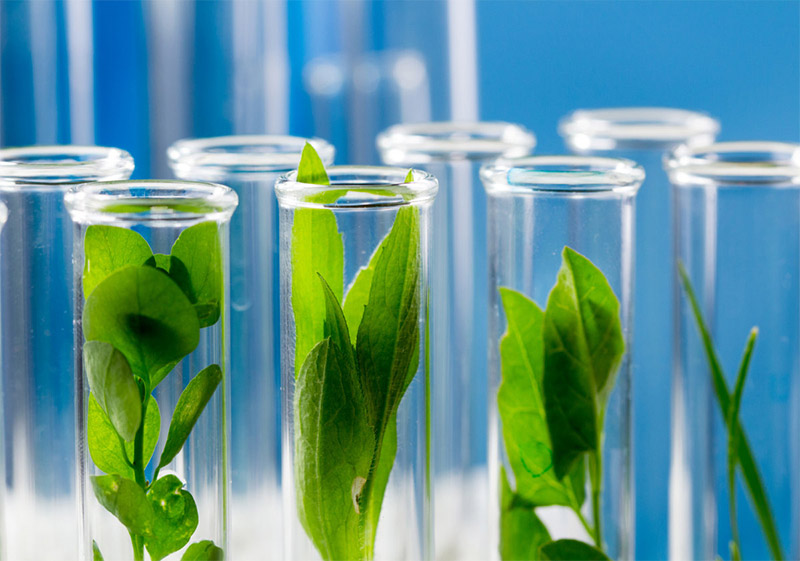Soluble Protein Content Measurement
Plant stress can trigger a suite of molecular and cellular processes such as photosynthesis, plant cell signaling, and plant secondary metabolism. The content of some soluble proteins can increase under a broad range of stress conditions. Determination of the concentration of soluble protein is vital for monitoring of plant physiological status, and also provides valuable information for plant breeding.

Lifeasible has a plant physiology laboratory with cutting-edge technologies and dedicated experts. We provide analysis of soluble protein changes under a variety of stress conditions. We offer a variety of methods for soluble protein content measurement, which include, but not limited to:
- Direct spectrometry measurement at 280 nm. Tryptophan and tyrosine can absorb ultraviolet light strongly at 280 nm, which is usually used to determine the concentration of protein.
- Bradford method. This method is based on the principle that Coomassie G-250 dye can bind to proteins through basic amino acids (primarily arginine, lysine, and histidine). The binding of protein causes the dye to change from reddish-brown to bright blue with an absorbance peak at 595 nm.
- Kjeldahl method. This method requires three steps: digestion, neutralization, and titration. Digestion converts any nitrogen into ammonia, and other organic matter to CO2 and H2O by heating protein in the presence of sulfuric acid, anhydrous sodium sulfate, and a catalyst. The nitrogen content is then evaluated by titration of the ammonium borate formed with standard sulfuric or hydrochloric acid, a specific indicator is then used to determine the end-point of the reaction.
- Enhanced Dumas method. For this method, a sample of known mass is combusted at a high temperature (about 900 °C) chamber in the presence of oxygen. This leads to the release of CO2, H2O, and N2. The CO2 and H2O are removed by passing through special columns. The nitrogen content is then measured by passing the remaining gasses through a column that has a thermal conductivity detector at the end.
- Lowery method. The tyrosine and tryptophan in protein can react with the biuret reagent and copper ion in alkali, and cause reduction of phosphomolybdic tungstate reagent, resulting in a bluish color product with a strong absorbance at 570 nm.
You will benefit from our one-stop services from the sample collection, soluble protein extraction, content measurement, to association analysis of soluble protein content with plant phenotypes. We are devoted to providing tailored protocols to meet the specific requirements of our customers.
For research or industrial raw materials, not for personal medical use!
